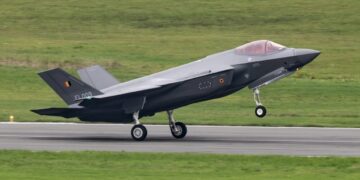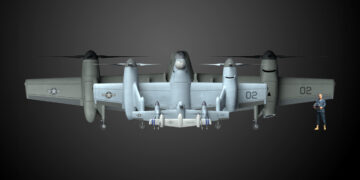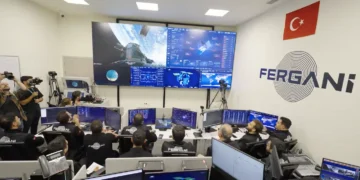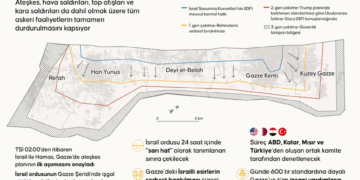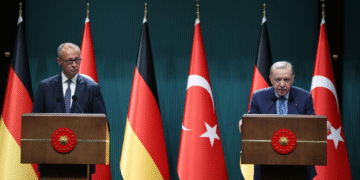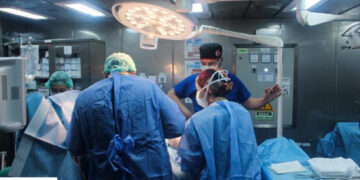According to a report presented to the US Congress F-35 production programme is experiencing supply problems. The Government Accountability Office (GAO) released a report on May 12 and stated the situation. GAO explained the problems caused by the inability to supply parts while the mass production process is accelerating.
The report says in sum;
The F-35 program is at risk of missing its test schedule and not meeting manufacturing leading practices. In 2019, the F-35 program conducted much of its planned operational testing but extended the schedule by 9 months, which delays the program’s full-rate production decision to between September 2020 and March 2021. Over that time, the program will continue to deliver aircraft.
In addition, while the F-35 program has increased the production rate and negotiated lower aircraft prices, it is not meeting manufacturing leading practices identified by GAO. Specifically, only about 3,000 of them over 10,000 airframe contractor’s manufacturing key processes meet predefined design standards for ensuring product quality. Also, the fielded aircraft, over 500 so far, do not meet the program’s reliability and maintainability goals. Although the contractor is changing manufacturing processes to address problems and improve efficiency, more remains to be done. Unless the program office evaluates the risks of not meeting these leading practices, the military services and international partners are at risk of not receiving the quality aircraft they purchased.
In addition, the July 2019 suspension of Turkey from the F-35 program—due to security concerns after its acquisition of Russian defence equipment—is likely to compound production risks. The program has identified new sources for 1,005 parts produced by Turkish suppliers, but the program is assessing the effect of 15 key parts not currently being produced at the needed production rate.
In 2019, estimated development costs to modernize the F-35’s hardware and software systems—known as Block 4—increased by over $1.5 billion. The cost increase puts estimated Block 4 development costs at $12.1 billion. However, the cost estimate did not fully adhere to leading practices, such as including all life cycle costs. In addition, while development will continue through 2026, reports on Block 4 that the program submits to Congress are slated to end in 2023. Without continued Block 4 reporting through the development phase, Congress will lack important oversight information.


